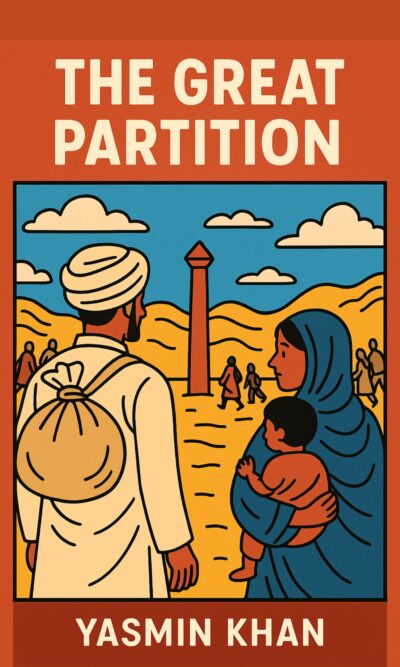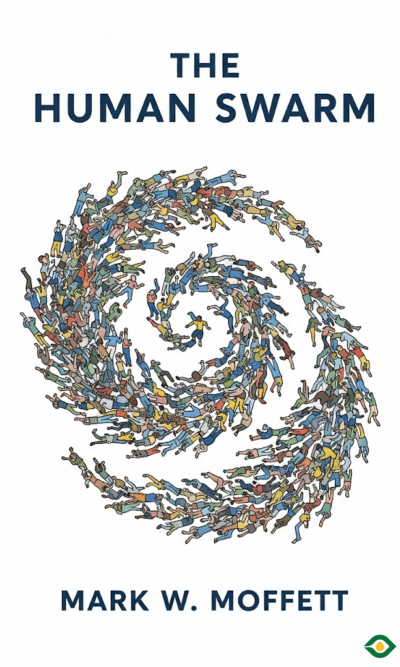Description
The American frontier has long been a central myth in the nation’s imagination. From the early days of settlement, people believed that new land and new horizons offered endless opportunities. Expansion was not only a physical movement across a continent but also an idea, a promise that growth could solve problems and renew hope. As long as there was a new frontier, Americans believed prosperity would continue and divisions could be managed. But when the frontier finally closed, the myth that had guided the country began to unravel, and with it came new struggles about identity, belonging, and power.
In the beginning, expansion was seen as the key to stability. Thinkers like James Madison argued that America’s diversity could be managed by giving people enough space to spread out and form their own communities. With room to grow, differences would not explode into conflict. This vision tied prosperity directly to the idea of new land. To many Americans, the frontier was not just a boundary but a safety valve, a way to release social and political pressures.
Leaders such as Andrew Jackson pushed this idea further. Jackson believed strongly in individual freedom and distrusted centralized government. His policies reflected a rough frontier spirit—favoring settlers’ rights to claim land, even if it meant pushing Native peoples aside. Under his leadership, thousands of Indigenous people were forced from their homelands. Expansion continued westward, powered by the belief that the land was destined to belong to those who could “make the most of it.”
As the country grew, the military became a major tool of expansion. Wars, from the conflict with Mexico to the Spanish-American War and later the world wars, allowed the United States to extend its influence. War also served to unite a divided nation, at least temporarily. Southerners who had lost the Civil War found new purpose in fighting abroad, while the broader nation rallied behind soldiers and shared victories. Expansion, whether through land or through military campaigns, seemed to keep the myth alive.
The myth was also reinforced by scholars like Frederick Jackson Turner, who argued that the frontier shaped American democracy itself. He suggested that the constant movement into new lands fostered independence, cooperation, and equality. But Turner’s version ignored important truths. In reality, expansion often depended on government planning, land grabs, and displacement of Native communities. Yet his ideas were popular because they kept alive the dream that America’s growth could be endless, whether through land, ideals, or new forms of progress.
When the land ran out, attention turned inward. The Great Depression tested the country’s resilience. With no new frontier to run to, leaders like Franklin D. Roosevelt launched bold social programs at home. The New Deal created jobs, built infrastructure, and introduced safety nets like Social Security. It was a rare moment when America turned its energy toward building a more equal society, rather than looking outward. Still, many resisted these programs, seeing them as government overreach.
Later, wars once again became the chosen frontier. World War Two revived the economy and gave rise to policies like the G.I. Bill, which lifted many veterans into the middle class. But Vietnam showed the limits of this strategy. Instead of uniting the nation, the war deepened divisions. Protests, civil rights struggles, and distrust of government revealed that war could no longer serve as a reliable safety valve. The old myth of unity through expansion was breaking down.
In the late twentieth century, leaders like Ronald Reagan revived older frontier themes. Reagan promoted small government, personal freedom, and suspicion of regulation. His vision echoed Jacksonian ideals, linking the frontier spirit to individualism rather than collective responsibility. At the same time, new tensions emerged along America’s southern border. Violence, vigilantism, and anti-immigrant policies revealed that the dream of boundless opportunity was giving way to fear of scarcity.
Trade agreements like NAFTA and later the War on Terror did little to restore the myth. Free trade displaced millions of farmers in Mexico, driving more migration north, while border militarization grew harsher. Meanwhile, wars in Iraq and Afghanistan promised new horizons of freedom but delivered frustration, violence, and disillusionment. The myth of the frontier—once a promise of hope—seemed to collapse under the weight of endless conflict and failed expectations.
The end of this myth has left America struggling with questions it once thought expansion could solve. For centuries, the belief in new frontiers allowed the country to avoid facing its own divisions. Expansion offered a distraction, a way to postpone hard choices about race, equality, and belonging. But with no new land to conquer and wars that only divide, those questions remain. The border, once imagined as the edge of opportunity, has become a place of violence and fear. The promise of unending growth has given way to anxiety about limits and exclusion.
Greg Grandin’s work argues that the collapse of the frontier myth is central to understanding today’s America. Without the hope of expansion, politics has shifted toward walls, restrictions, and the idea that resources are limited and must be guarded. The dream of a shared and growing prosperity has been replaced, for some, with the belief that only a few deserve to benefit.
In the end, the story of the American frontier is not just about land or war. It is about how a nation imagines its future. For generations, the myth allowed Americans to believe that the next horizon would bring renewal. Now, with that horizon closed, the country faces itself more directly. The challenge is no longer how far the frontier can stretch, but whether the nation can find a new vision of prosperity that includes everyone.





